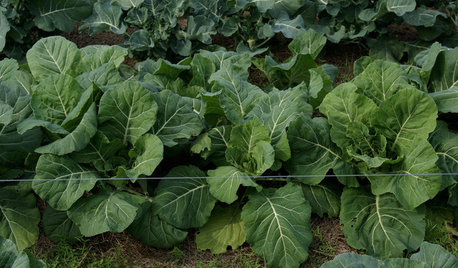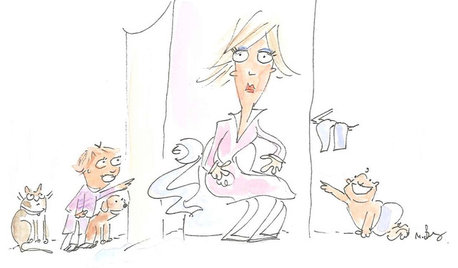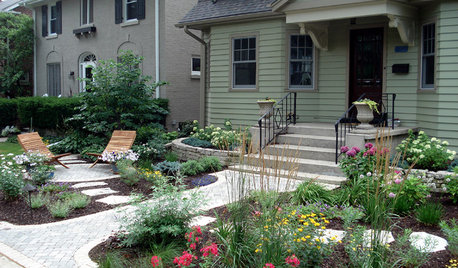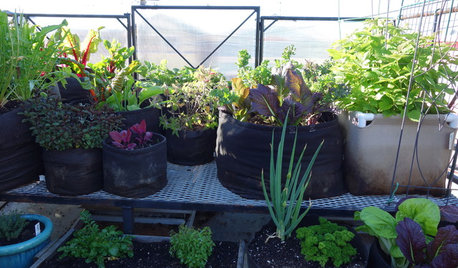Collards & Kale - how to stop little green catepiller
ramonamarie
12 years ago
Featured Answer
Comments (16)
digdirt2
12 years agobarbe_wa
12 years agoRelated Professionals
Maple Valley Landscape Architects & Landscape Designers · Erie Landscape Architects & Landscape Designers · Mitchellville Landscape Architects & Landscape Designers · Waunakee Landscape Architects & Landscape Designers · Elgin Landscape Contractors · Cicero Landscape Contractors · Clearlake Landscape Contractors · Concord Landscape Contractors · Edinburg Landscape Contractors · Galt Landscape Contractors · Hickory Hills Landscape Contractors · Petaluma Landscape Contractors · Pleasant Hill Landscape Contractors · View Park-Windsor Hills Landscape Contractors · Centreville Driveway Installation & Maintenancepnbrown
12 years agojolj
12 years agojimr36
12 years agospacetogrow
12 years agobi11me
12 years agoelisa_z5
12 years agolaceyvail 6A, WV
12 years agoplanatus
12 years agobella_trix
12 years agoelisa_z5
12 years agonatal
12 years agobella_trix
12 years agoelisa_z5
12 years ago
Related Stories

COOL-SEASON CROPSCool-Season Vegetables: How to Grow Collards
Look out, spinach. For fall and spring gardens with a little heat, collard greens may be the better choice
Full Story0

MOST POPULAREasy Green: 23 Ways to Reduce Waste at Home
Pick from this plethora of earth-friendly ideas to send less to the landfill and keep more money in your pocket
Full Story
GARDENING GUIDES10 Easy Edibles for First-Time Gardeners
Focus on these beginner-friendly vegetables, herbs, beans and salad greens to start a home farm with little fuss
Full Story
LIFE21 Things Only People Living With Kids Will Understand
Strange smells, crowded beds, ruined furniture — here’s what cohabiting with little monsters really feels like
Full Story
MOST POPULARCreative Ideas for Small Front Yards
A little imagination goes a long way in a petite landscape
Full Story
FARM YOUR YARDAn Urban Greenhouse Overflows With Edibles
Making meals just means stepping into the yard for a San Francisco couple who revamped an old orchid house
Full Story
GARDENING GUIDES11 Favorite Edibles for Your Cool-Season Garden
Plant crunchy carrots, crisp radishes, tender peas and other vegetables for fall and spring harvests
Full Story
FARM YOUR YARD6 Things to Know Before You Start Growing Your Own Food
It takes time and practice, but growing edibles in the suburbs or city is possible with smart prep and patience
Full Story
GARDENING GUIDESVegetables and Flowers Mix in Beautiful Edible Gardens
Ornamentals, meet your edible garden mates. We know you'll get along just beautifully
Full Story
FARM YOUR YARDHow to Build a Raised Bed for Your Veggies and Plants
Whether you’re farming your parking strip or beautifying your backyard, a planting box you make yourself can come in mighty handy
Full StoryMore Discussions






Donna